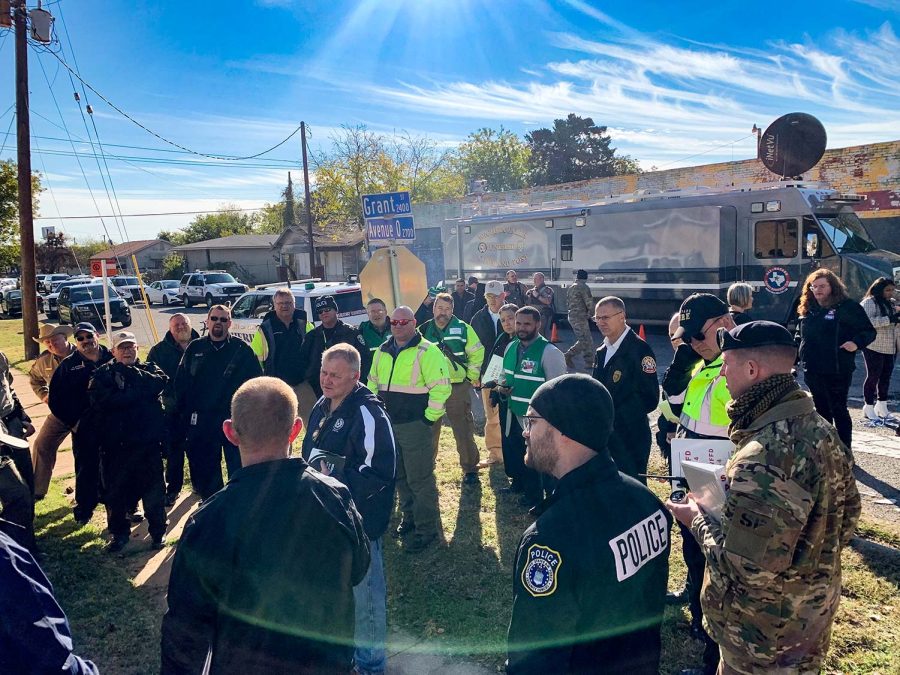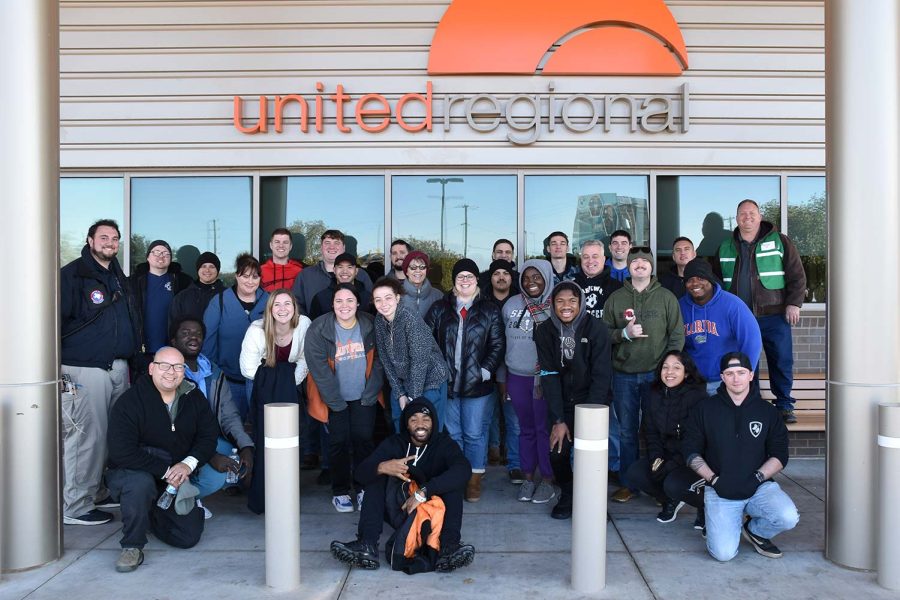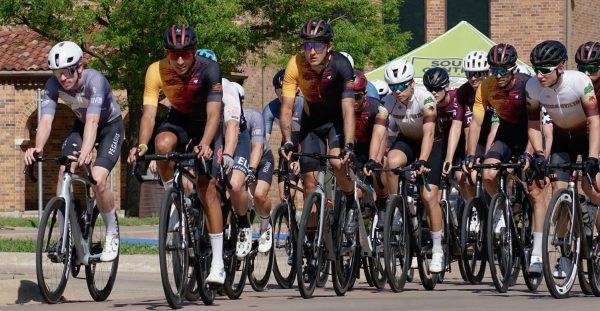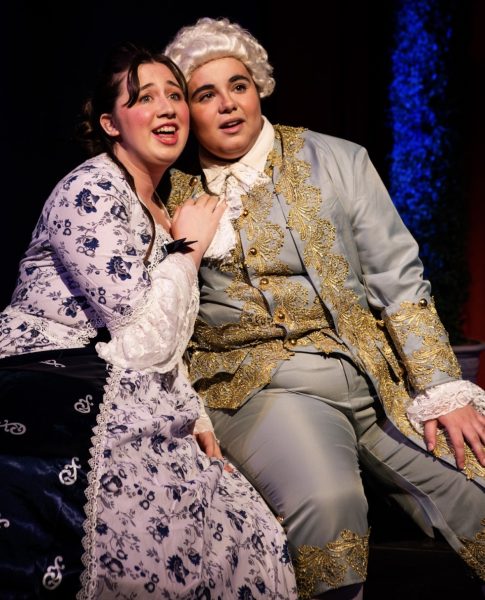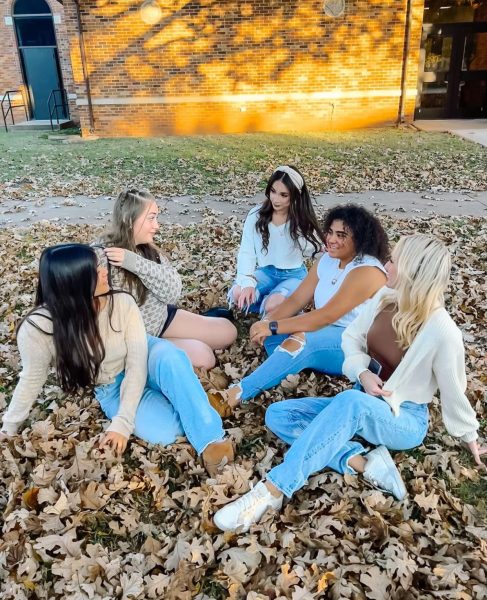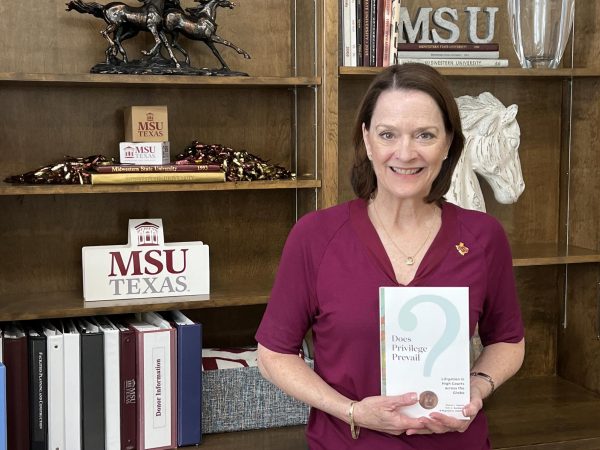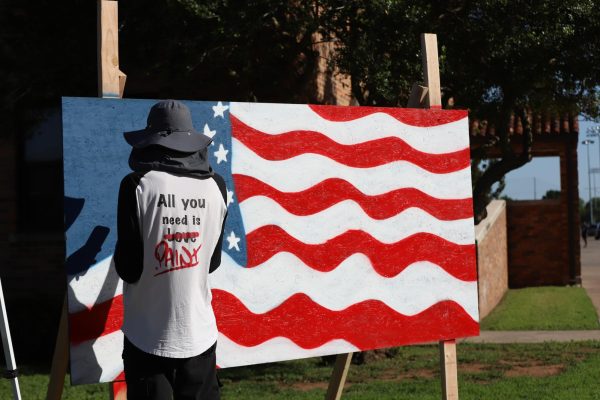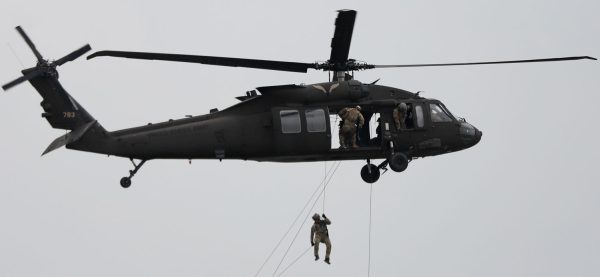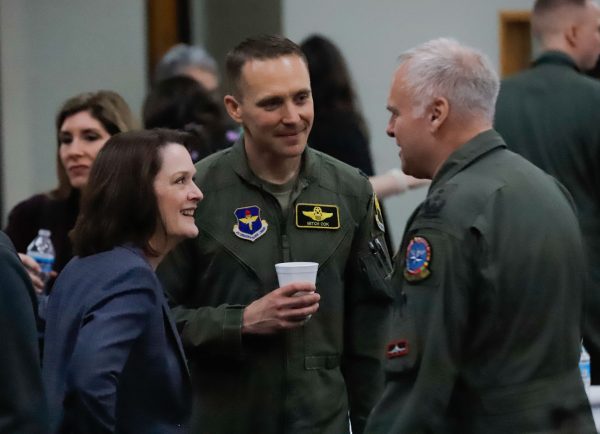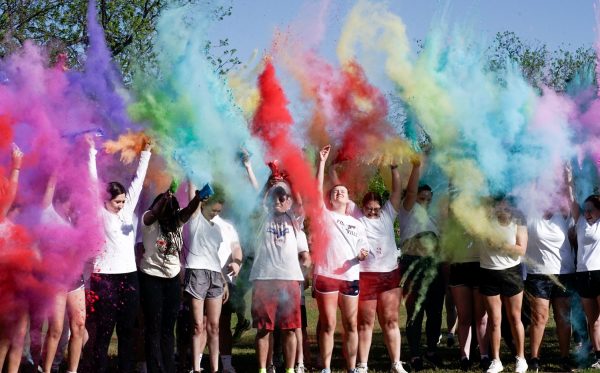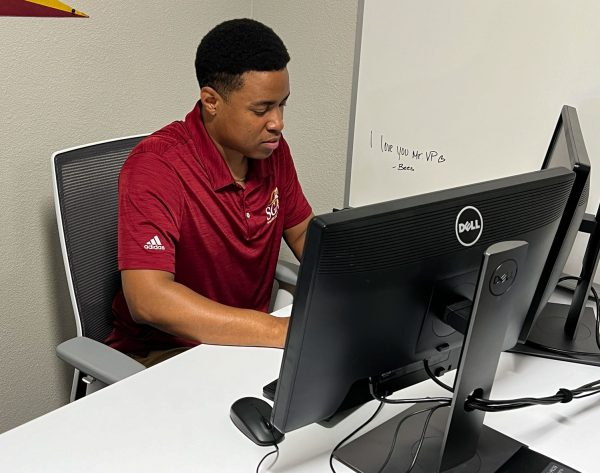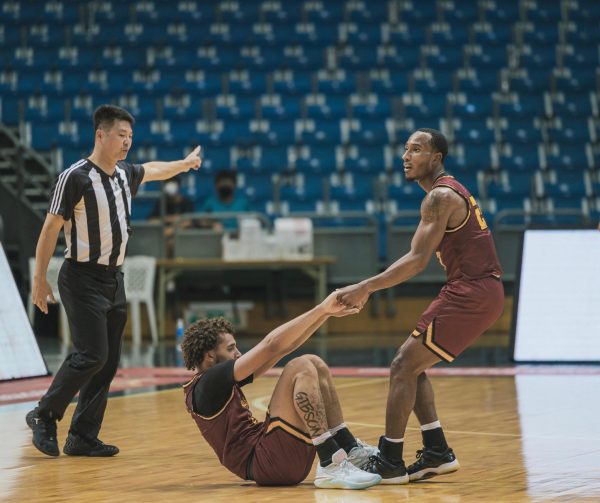Wichita Falls officials host an active shooter training
Officials brief and prepare for the Active Shooter Training, Nov. 16. Photo courtesy of Eric Queller.
As school shootings continue to pose a hideous threat to students and schools across the U.S., officials from MSU, Wichita Falls and other community institutions came together to prepare and practice their response in case of the worst. Dozens of law enforcement, emergency management personnel and other first responders converged Wednesday morning at the decommissioned Sam Houston elementary school to do a live rehearsal of the city’s response to an active shooter. The active shooter training also included over 20 MSU students and faculty as actors playing victims and parents.
Eric Queller, management junior and emergency management specialist for the Wichita Falls Office of Emergency Management, played a heavy role in coordinating between the city, MSU and other institutions. He said the training event was months in the making.
“This event has been in planning since September. We started in September, it was first brought up by United Regional, just wanting to do an exercise, an active shooter exercise. We haven’t done one in a little bit of time and so we decided, you know, due to the environment that we live in today, it would probably be best if we did a full-scale exercise,” Queller said.
Even before the actual training itself, several of the figures involved held discussions to ensure they had a strong plan in place to work off of. Those discussions were part of difficult conversations that cities and schools are now facing.
“But what you saw today wasn’t the whole picture. We did two tabletop exercises, which is, all the same folks that were out there today, were in a room about a month ago, and we talked through what we were going to do today. And that’s just to get all of the big knots out of the way. And so during that tabletop exercise, we discussed how we’re going to transport victims, how are we going to do notifications, how are we doing reunifications, all of that, walking through it,” Queller said.
He added that the preparations served to prime the response teams for the runthrough Wednesday and close potential holes in the plan. After that, the event itself put the plan to the test and showed which parts worked well and what may still need to be addressed further.
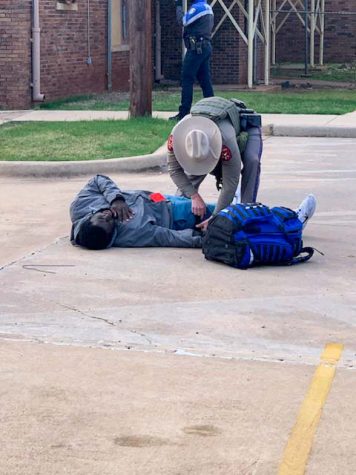
“Where a month ago we walked through it and we saw and foresee the issues and we address those before today. But today was mostly kind of like our final exam before an active shooter event, before an actual real world event. This is just to make us better prepared. Today was a test for our first responders to see what could we improve on and what we did well, but also what can we do in the future to improve upon these items that we learned today,” Queller said.
One of the keys to making the event a true applicable learning experience was the involvement of dozens of actors who played victims, students and even parents of students. In the training, not every actor ‘survived’ the simulated training – meaning that based on the severity of their simulated wounds and the response time of medical personnel, some actors would have been fatalities in a real shooting. One of those ‘fatalities’ was Jeff Killion, dean of the Gunn College of Health Sciences and Human Services.
“I didn’t fare so well, I was a victim that didn’t make it. They handed out cards and we put them around our neck, and they told what kind of wound you had or what your role is. Me and three others, there was a total of four of us that didn’t make it, but there was some of the others did,” Killion said.
Attendants group up for a picture after the Active Shooter Training, Nov. 16. Photo courtesy of Eric Queller.
While the simulated situation still saw what would have been real-world casualties, Killion said it was far better to make mistakes in a training than in a real situation.
“Just going through the exercise and making mistakes, that’s the whole purpose. One would probably scratch their head, thinking, ‘No, you want it to be perfect.’ No, you want to make mistakes here so when it does come, you can say ‘Oh yeah,’ [and] pull back from that memory that we need to do it this way,” Killion said.
Queller echoed a similar sentiment in regards to using failures in the training as building blocks for future response plans.
“It’s a great environment to fail in,” Queller said. “We don’t want to fail, but I’d rather fail now than fail in the heat of the moment. And so stuff like that better prepares me as an individual to make decisions of ‘Hey, four months ago, when I had that active shooter situation, now we’re having to deal with one. Let me recall on my training.’ And that’s all training and exercising is, when it goes down, people tend to freeze, lock up and such. The goal is then that training and exercising takes forward and we go on that until we calm down.”
Another of the actors, psychology junior Brylee Grubb Erwin, said the emphasis put on making the exercise realistic helped inform a potential real-world response, but was difficult for her. She said the training exercise focused on a tragic scenario but was necessary.
“It was kind of sad that we have to be prepared for this, but it’s also good that they’re getting that practice in those situations so we can fix the issues that we might have and we can address that,” Grubb Erwin said. “It’s really sad seeing and hearing some of my classmates cry out even though it’s not real, we try to make it as real as possible.”
Killion added that the tragedy of the situation can sometimes be lost on those not involved, but said taking part in the training exercise helped drive home for the MSU students and other actors just how hard the real-world situation is on those involved.
“I think especially being a victim, lying there on the cold floor of this old school… I think it gives you an idea, a more realistic perspective of what can happen,” Killion said. “So you see it on TV and sometimes it doesn’t seem real. I mean we’re all, emotionally, when we see kids or something it tugs our heartstrings. But then something like that, I guess it brings it a little more realistic, and that’s probably the biggest takeaway. Probably be a little more realistic for the students and faculty that took part.”
Grubb Erwin said that being in the situation helped her better understand the magnitude of everything victims and their families go through – albeit without the emotional toll of a real-world tragedy.
“Obviously even though it was simulated, you could kind of feel the feelings and the scariness and put yourself; ‘Man, what if I was actually a seven-year-old that got shot and saw my brother right next to me dying?’ And put myself in that situation – because I think that’s really important, people leave out sometimes – is not consider how other people are feeling and the scariness behind it,” Grubb Erwin said.
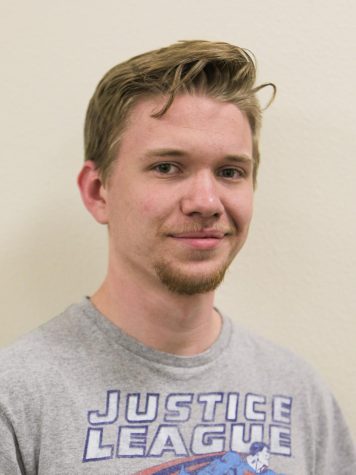
Hello, and thanks for stopping by! My name is Cecil Witherspoon, and I'm the new editor-in-chief of the Wichitan. I'm a mass communication senior with...



